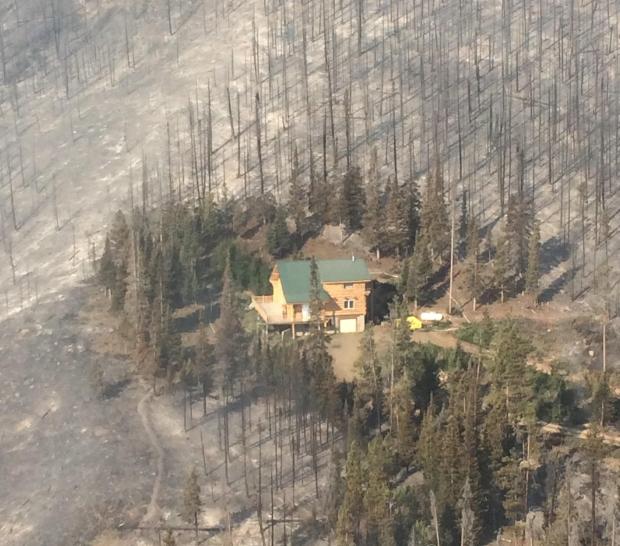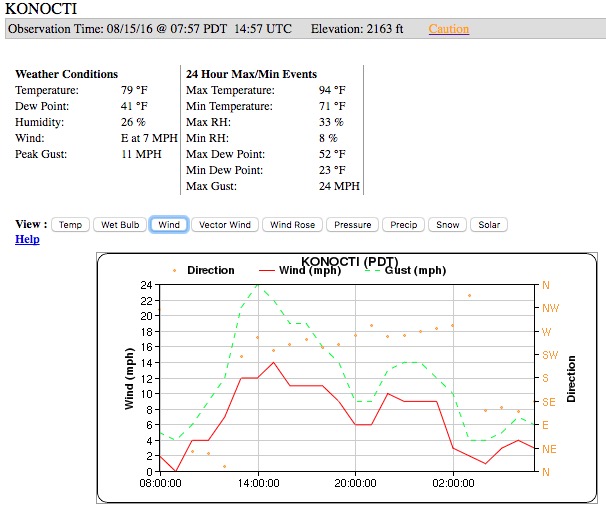(UPDATED at 9:39 a.m. PDT August 20, 2016)
There was very little growth of the Blue Cut Fire on Friday. As on Thursday, the east side of the fire was fairly quiet, while there is still fire activity on the west side, especially east and southeast of Wrightwood.
The incident management team is calling it 37,020 acres. On Saturday morning they revised upward the estimate of the number of structures destroyed, to 105 homes and 213 minor structures. Some evacuations are still in place.
****
(UPDATED at 4:15 p.m. PDT August 19, 2016)
CAL FIRE Public Information Officer Daniel Berlant reported this afternoon that Damage Assessment Teams estimate that 96 homes and 213 outbuildings have been destroyed in the Blue Cut Fire.
The fire has burned approximately 39,000 acres north of San Bernardino, California, according to the incident management team.
****
(UPDATED at 7:55 a.m. PDT August 19, 2016)
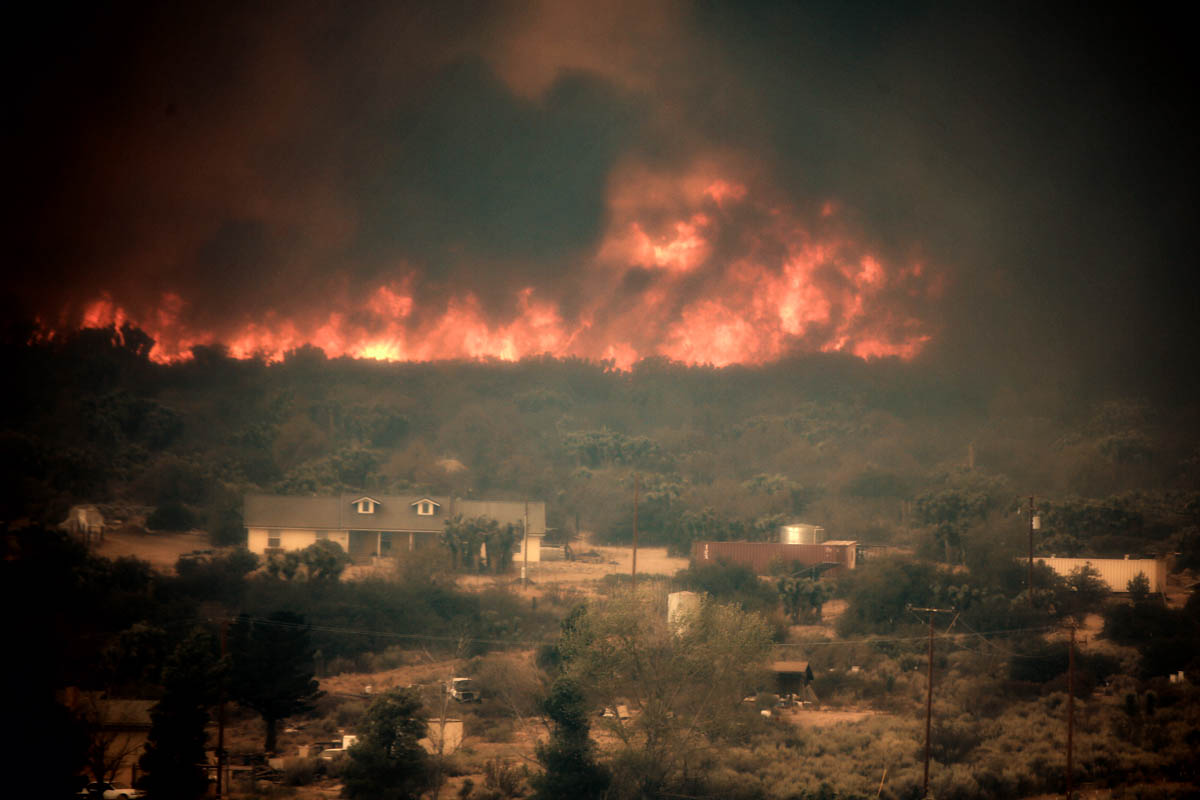
On Thursday the spread of the Blue Cut Fire north of San Bernardino in southern California was limited to the west side. According to the incident management team led by incident Commander Rocky Opliger, the growth added about 5,300 acres, bringing the total up to 39,000 acres.
The expansion occurred:
- on the north side in the flats southeast of Phelan,
- east of Wrightwood near Highway 2,
- in the remote mountainous area on the west side, and
- near Lytle Creek on the south side of the fire.
The east side of the fire has been relatively quiet for a couple of days.
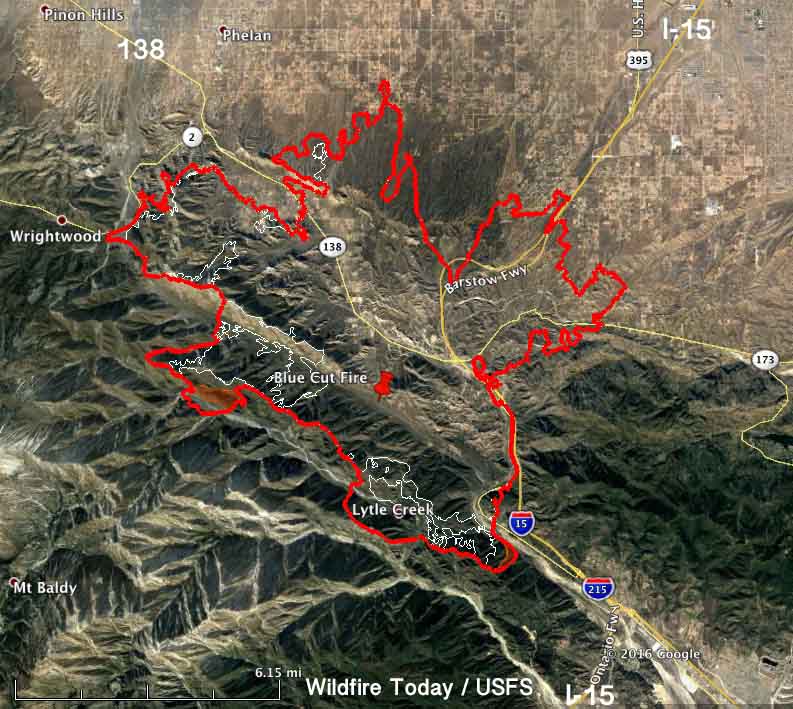
A Red Flag Warning is in effect for the fire area Friday until 9 p.m. this evening for 15 to 25 mph southwest to west winds gusting to 35 mph during the afternoon and evening. Relative humidities will be 10 to 15 percent.
The fire started August 16 and grew to tens of thousands of acres quickly. Numerous structures were seen burning on live television, but no information has been released about how many were affected.
The incident management team expects the fire will continue to move to the north, northwest and northeast towards Wrightwood, Victor Valley, Phelan, Baldy Mesa and South Hesperia. Evacuations are still in place.
****
(UPDATED at 7:43 a.m. PDT August 18, 2016)
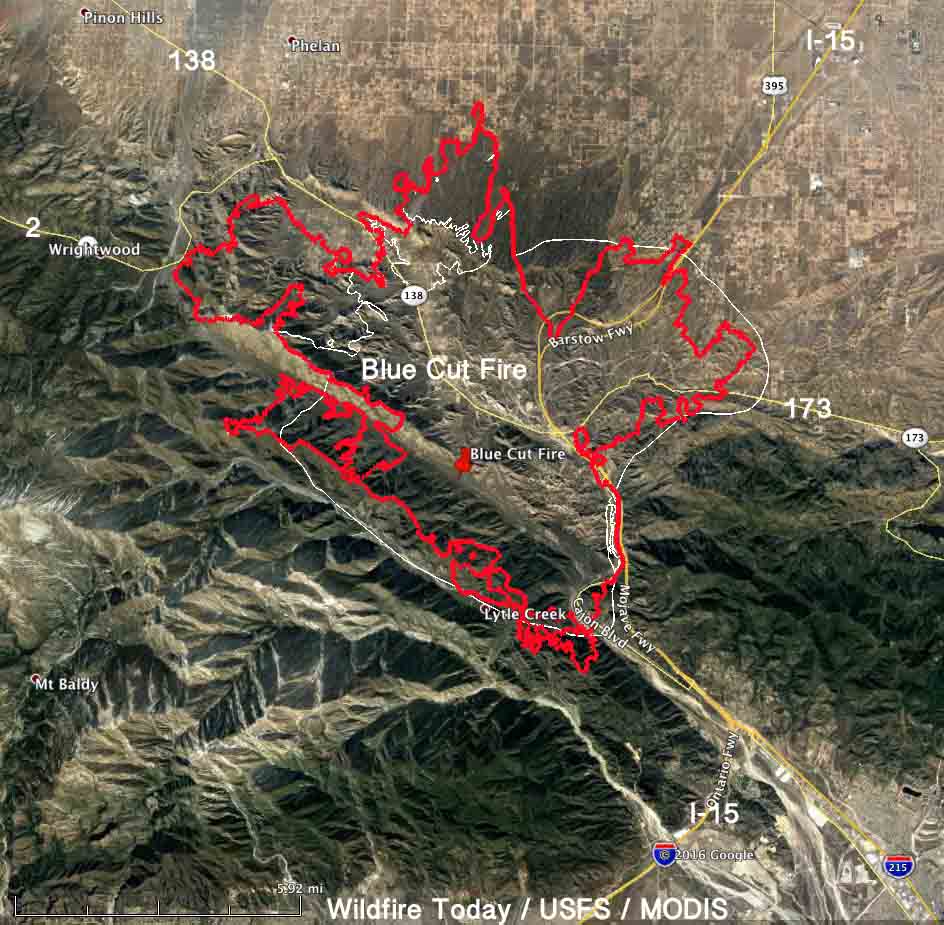
The Blue Cut Fire northwest of San Bernardino continued to spread Wednesday. The additional growth was on the northwest side where it reached Highway 2. And, on the north side it expanded a small amount at the base of the mountains and in the high desert flats toward Phelan. Evacuations are still in effect.
More accurate mapping on Wednesday resulted in the incident management team reducing the mapped size from 30,000 to 25,626 acres. After the growth of the fire yesterday, this morning they are calling it 31,689 acres.
Northbound Interstate 15 has reopened, but the southbound lanes are still closed. CALTRANS information about road conditions. UPDATE at 11:42 a.m. PDT August 18, 2016: Southbound I-15 is now open also.
#BluecutFire making a hard run along highway 2 near Wrightwood. pic.twitter.com/qGyTyRhGMo
— Randy Johanson (@epn424) August 18, 2016
SCE crews assisted firefighters and resolved electrical hazards at the #BlueCutFire in San Bernardino County @SCE pic.twitter.com/FEjBe4UtGF
— Ed Sherman (@fireimages) August 18, 2016
Continue reading “Damage assessment teams report 96 homes destroyed in the Blue Cut Fire”



